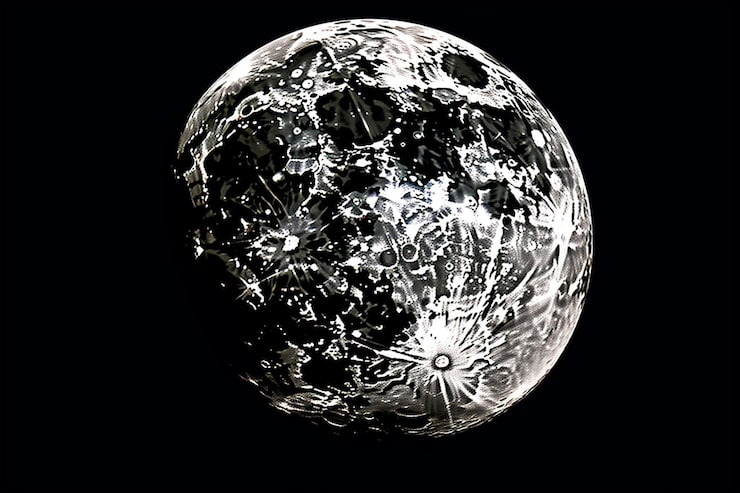
The upside of an occasional Polar Vortex is the extra, unexpected time you get to spend with your kids. Last week their school was closed four of five days because of the extreme cold. It was challenging in places, but also kind of nice.
This time of year is busy at work, so taking a few half-days to watch the kids made me wonder why people without kids don’t seem to rule the world. How did we keep the kids busy while it was minus-20 outside? LEGO, of course. If you grew up with those magical bricks, or if you have kids now, you know what I mean—there are probably pieces in your rug, your dryer, and your deck.
LEGO isn’t cheap. You’re usually paying 5 to 10 cents per piece, and most kits are 300–400 pieces, so a basic set runs about $30. Licensed sets like Star Wars and Harry Potter cost more—around 10 to 15 cents per piece. Some people go a little overboard. One guy built a 40,000-piece Titanic replica.
Adults also use LEGO to de-stress. Building from instructions or making something up can be calming. I watched a video with my son about a soldier who had kits sent overseas; now back home, he still builds sets to help manage PTSD. So yes, these toys are pricey, but they bring joy and can help mental health. I wanted to keep our collection going, just more frugally.
If you still have LEGO from your own childhood, put it back into the kids’ mix instead of letting it gather dust. I found a five-pound tote of classic space pieces from my youth. My kids happily fit those old gray and blue parts into whatever they created.
During the Polar Vortex, I had the wild idea that combining our random kits—including some pink and purple pieces from my daughter’s Friends sets—might let us build a LEGO Death Star. The official Death Star kit is huge and expensive: roughly $500 and 4,016 pieces. It’s a real seller—some people buy it just to have the experience. But I wasn’t about to spend $535, so I downloaded the official instructions LEGO offers as a PDF. How long was it? 264 pages. We all pitched in, and before long the Death Star started to take shape—only ours became what we jokingly called the “Disco Death Star,” with purples, blues, oranges, and yellows mixed into the blacks and grays.
We made it about 75% of the way through before running out of key parts. I felt the same despair as in the movies. What did we do? We searched eBay and Facebook Marketplace for spare parts. I found a five-pound lot of mixed Star Wars pieces for $30 plus $20 shipping. For $50 we were able to finish the build about 99.7% to spec—if you’re not picky about exact colors. Plus now we have plenty of gray panels to start a Millennium Falcon. Winning.
Buying a full kit gives you neatly sorted bags and everything you need. My improvised approach meant a lot of digging through bins and hunting for parts, which was part scavenger hunt and part puzzle—and part of the fun for the kids. One tip: sort pieces into color groups before starting a big project. It helps.
Our overflowing “LEGO studio” (aka my home office) is full of creations that favor form over perfect color—our Disco Star Wars pieces included. The Millennium Falcon kit we built would cost around $160 new. Check LEGO.com for instructions and you might be surprised what your collection can make. It’s a good way to reuse plastic and keep kids entertained.
We also built a little Minion my daughter loved, and then a pretty cool Optimus Prime with my son. There’s almost no limit to what you can build. If you have a big pile of bricks, find a project on LEGO.com, follow retail instructions, or get inspired by YouTube. Either way, you can spend hours having fun without paying full price for every expensive set.
